Top 10 Self-Driving Safety Innovations
Discover the top 10 advancements in self-driving safety. Stay informed about the future of autonomous travel.

Self-driving safety is at the forefront of the automotive industry's innovation wave, promising to transform our roads and redefine our travel experiences. As autonomous vehicles edge closer to mainstream reality, understanding the top 10 advancements in self-driving safety becomes crucial. These innovations not only champion the cause of safer roads but also provide a glimpse into the future of autonomous travel. Let's delve into the technological marvels making self-driving cars safer and more reliable.
Exploring the Top 10 Self-Driving Safety Innovations
The journey towards fully autonomous driving is filled with challenges, especially in terms. However, through relentless research and development, significant safety innovations have emerged. These technological advancements are paving the way for a future where self-driving vehicles can safely navigate our roads, drastically reducing human error—the leading cause of most road accidents today. From sophisticated sensing technologies to advanced computing capabilities, let’s explore the pivotal safety features that set the stage for the autonomous vehicles of tomorrow.
List of Top Choices
- LiDAR (Light Detection and Ranging)
- Radar (Radio Detection and Ranging)
- High-Resolution Cameras
- Global Navigation Satellite System (GNSS)
- Vehicle-to-Everything (V2X) Communication
- Redundant Systems
- Cybersecurity Measures
- Self-Diagnostic Capabilities
- High-Performance Computing Systems
- Ethical Programming
LiDAR (Light Detection and Ranging)
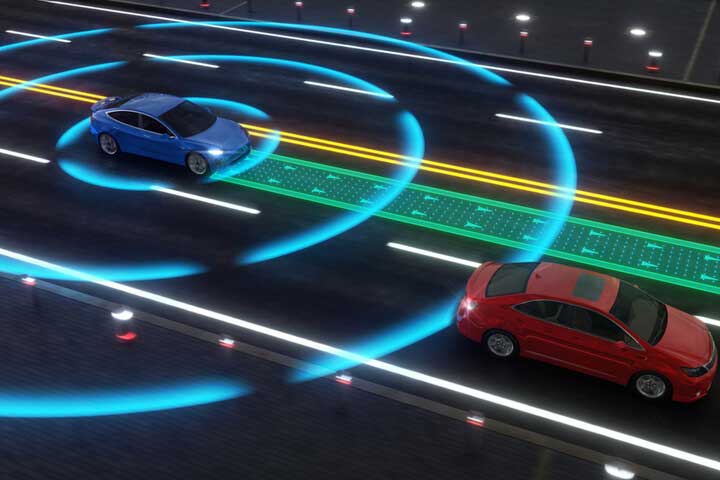
- Uses pulsating lasers to map the environment
- Creates 3D representations of surroundings
- Helps vehicles detect and avoid obstacles
At the heart of self-driving safety technology, LiDAR stands as a pivotal innovation. This technology employs lasers that pulse thousands of times per second to create a highly detailed, three-dimensional map of the vehicle's environment. This map is crucial for autonomous cars, giving them the 'sight' they need to identify and navigate around obstacles, other vehicles, and pedestrians. The precision and depth of detail offered by LiDAR make it indispensable for ensuring safety in complex driving scenarios where quick and accurate detection of surroundings is critical.
Radar (Radio Detection and Ranging)
- Emit radio waves to detect objects
- Can determine the speed and direction of other vehicles
- Works in various weather and lighting conditions
Radar technology complements LiDAR by using radio waves to detect objects around the vehicle, including their speed and direction. What makes radar indispensable in the safety toolkit of self-driving cars is its reliability under diverse environmental conditions, such as heavy rain, fog, or during the night. This resilience to weather and light variations ensures that autonomous vehicles have a consistent ability to perceive their surroundings, making radar a cornerstone of self-driving safety.
High-Resolution Cameras

- Capture detailed visual information
- Enable the reading of traffic signs and detection of road markers
- Provide real-time images of the environment
High-resolution cameras are the eyes of an autonomous vehicle, capturing detailed visuals of the vehicle's surroundings. These cameras are critical for reading traffic signs, detecting lane markings, recognizing pedestrians, and identifying obstacles on the road. The imagery captured by these cameras is fed into the vehicle's computing systems, which analyze the data in real-time to make informed decisions. The ability of high-resolution cameras to provide a clear and accurate view of the road is vital for ensuring the safety and reliability of self-driving cars.
Global Navigation Satellite System (GNSS)

- Provides precise location and timing information
- Allows the vehicle to know its exact position on the road
- Helps in route planning and navigation
The Global Navigation Satellite System (GNSS) offers critical location data to self-driving vehicles, enabling them to know their precise location at any given moment. This is crucial for route planning, navigation, and compliance with traffic laws. By leveraging signals from satellites, GNSS ensures that autonomous vehicles can accurately determine their position, speed, and direction, which is essential for safe and efficient travel. The accuracy and reliability of GNSS play a key role in the overall performance of self-driving systems, contributing significantly to their safety.
Vehicle-to-Everything (V2X) Communication
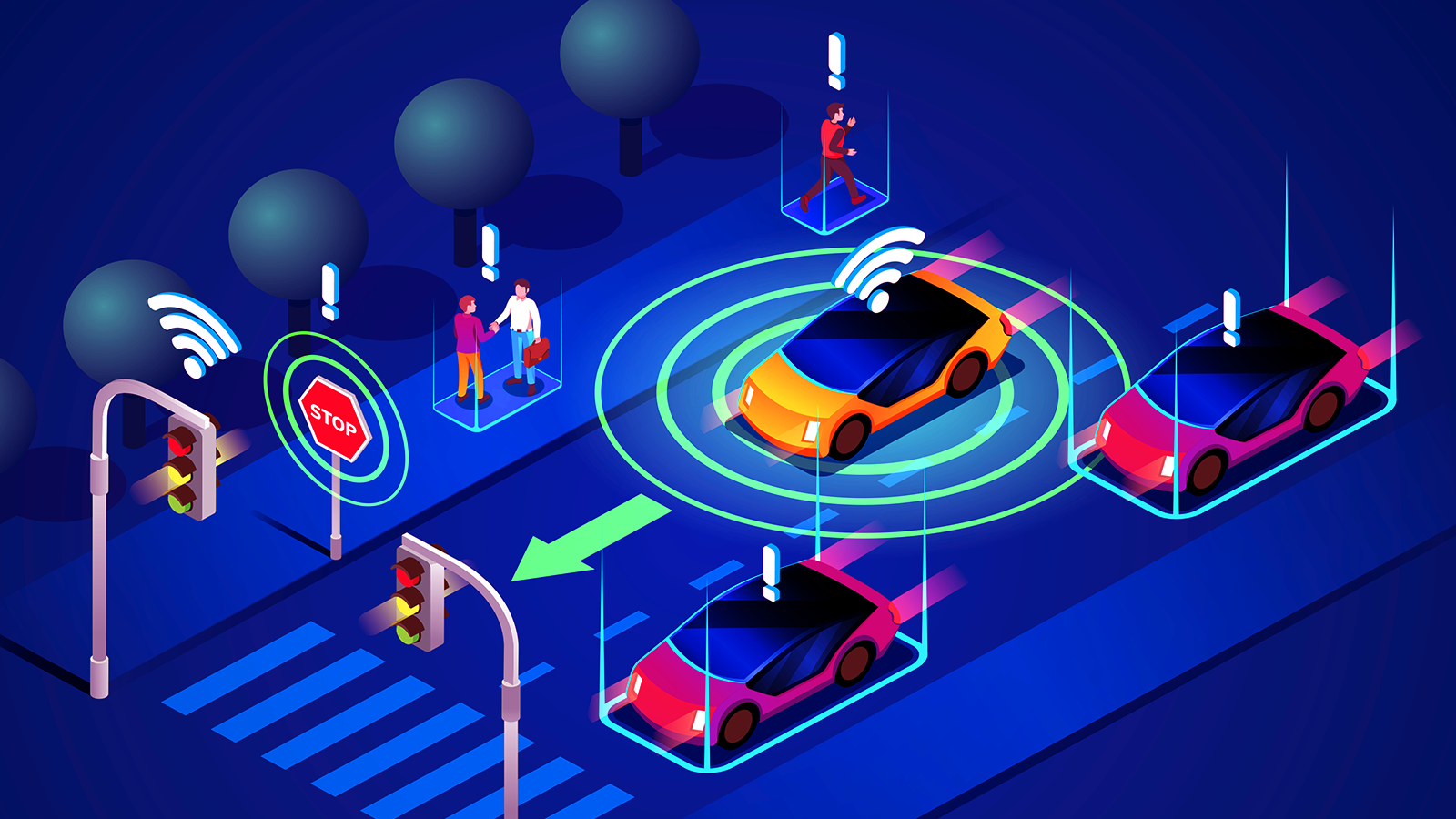
- Enables communication with other vehicles and infrastructure
- Exchanges real-time data about road conditions and traffic
- Can alert vehicles to potential hazards and changes in traffic signals
Vehicle-to-Everything (V2X) Communication is a transformative technology that allows self-driving cars to 'talk' to each other and to road infrastructure, like traffic lights and road signs. This communication facilitates the exchange of vital real-time information about road conditions, traffic congestion, accidents, and more. By being aware of its surroundings not just visually but also through data from other vehicles and infrastructure, an autonomous vehicle can make more informed decisions, enhance traffic flow, and, importantly, improve road safety. The collaborative nature of V2X technology represents a major leap forward in creating a connected and safe automotive future.
Redundant Systems
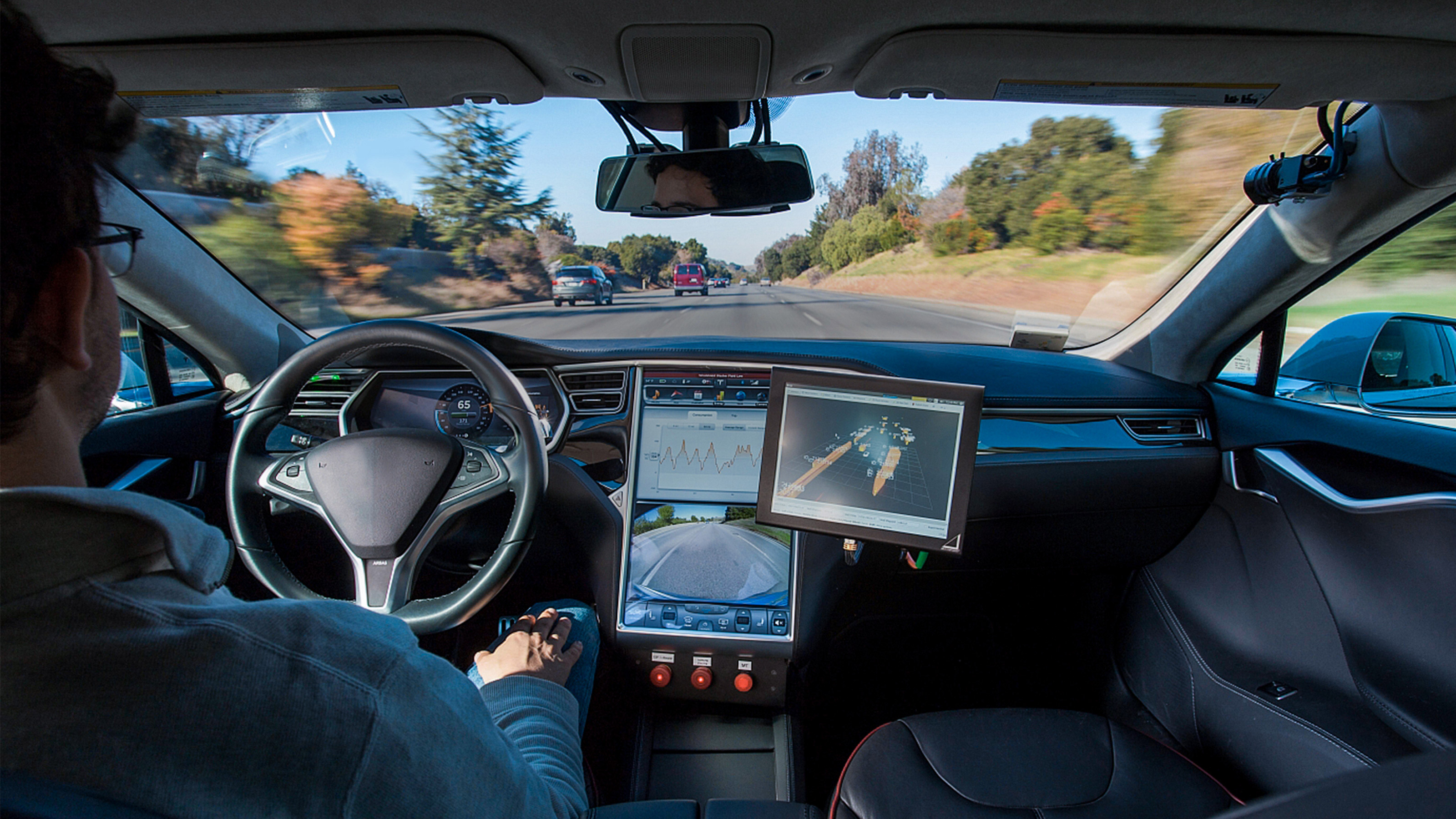
- Features multiple sensors and processors
- Ensures backup systems can take over if one fails
- Minimizes risk of accidents due to system failure
Redundant systems are a crucial safety net in the architecture of self-driving vehicles. By integrating multiple sensors, processors, and steering mechanisms, these vehicles are designed to ensure that a failure in one component does not lead to a catastrophic outcome. If one system encounters a problem, another can immediately take over, maintaining control and safety. This redundancy is akin to having multiple parachutes when skydiving – it significantly reduces the risk and provides a level of safety that is mandatory for the acceptance and success of autonomous vehicles on public roads.
Cybersecurity Measures
- Protects vehicles from hacking attempts
- Ensures integrity and privacy of data
- Key for maintaining control and safety
In an era where cyber threats are increasingly prevalent, robust cybersecurity measures are essential for self-driving cars. These vehicles rely heavily on software to operate, making them potential targets for hacking. Ensuring the safety of autonomous vehicles means protecting them from unauthorized access that could lead to control being taken away or personal data being compromised. Cybersecurity measures are constantly being developed and enhanced to stay ahead of threats, establishing a fortress around the technology that drives these vehicles forward safely.
Self-Diagnostic Capabilities
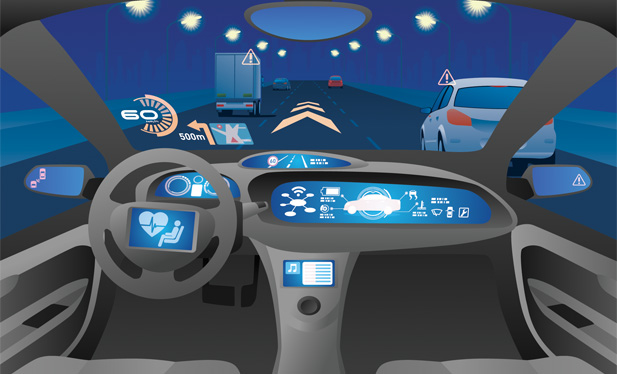
- Monitors the vehicle’s systems for malfunctions
- Can notify operators or pull over if issues are detected
- Increases safety by preventing breakdowns
The ability for a vehicle to monitor its own health and functionality – self-diagnostic capabilities – is another leap forward in ensuring safety. These technologies allow self-driving cars to check their systems in real-time for any potential malfunctions or problems. Should an issue be detected, the vehicle can either notify human operators for further inspection or pull over safely. This proactive approach to maintenance and problem-solving not only enhances safety but also increases the reliability and longevity of autonomous vehicles.
High-Performance Computing Systems

- Enables real-time decision-making
- Processes vast amounts of data from sensors
- Crucial for the autonomous decision process
The brain of a self-driving vehicle lies in its high-performance computing systems. These powerful computing cores are responsible for processing the vast volumes of data generated by the vehicle's sensors and making real-time decisions based on this information. The speed at which these systems can analyze and respond to data is critical for the safety and efficiency of autonomous navigation. From interpreting LiDAR data to making millisecond decisions on when to brake or swerve to avoid an obstacle, high-performance computing systems are the backbone of autonomous vehicle technology.
Ethical Programming
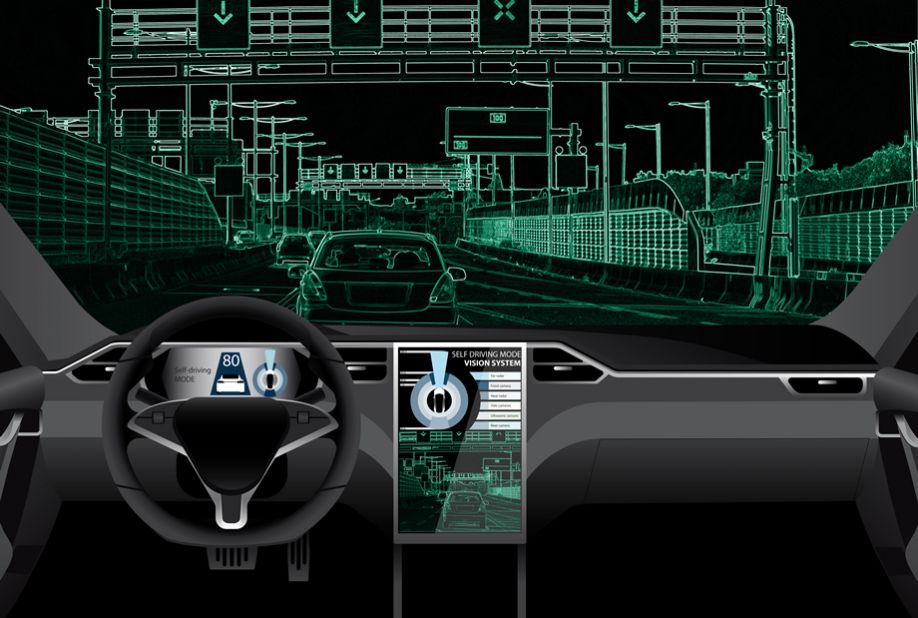
- Involves decision-making in unavoidable crash scenarios
- Programs vehicles to minimize harm
- Raises questions about ethics in machine decision-making
Last but certainly not least, ethical programming addresses the complex decision-making processes required in scenarios where a crash is unavoidable. How should a self-driving car react when faced with the dilemma of causing harm to different parties? This aspect of self-driving safety technology goes beyond technical capabilities, venturing into the realm of ethics. Developers are working hard to create algorithms that can make these incredibly tough decisions in a way that minimizes harm and prioritizes human life. While there is no easy answer, the pursuit of ethical programming is a testament to the depth of consideration and care being put into making self-driving vehicles as safe as they can possibly be.
In conclusion, the top 10 self-driving safety innovations present a multi-faceted approach to ensuring the safety and reliability of autonomous vehicles. From advanced sensing technologies like LiDAR and radar to the integration of high-performance computing and ethical programming, each innovation plays a crucial role in paving the way towards a future where roads are safer, and travel is more efficient. As the automotive industry continues to evolve, these safety advancements will remain at the forefront of development, highlighting the importance of both technology and ethics in the dawn of the autonomous driving era.
What's Your Reaction?


































































